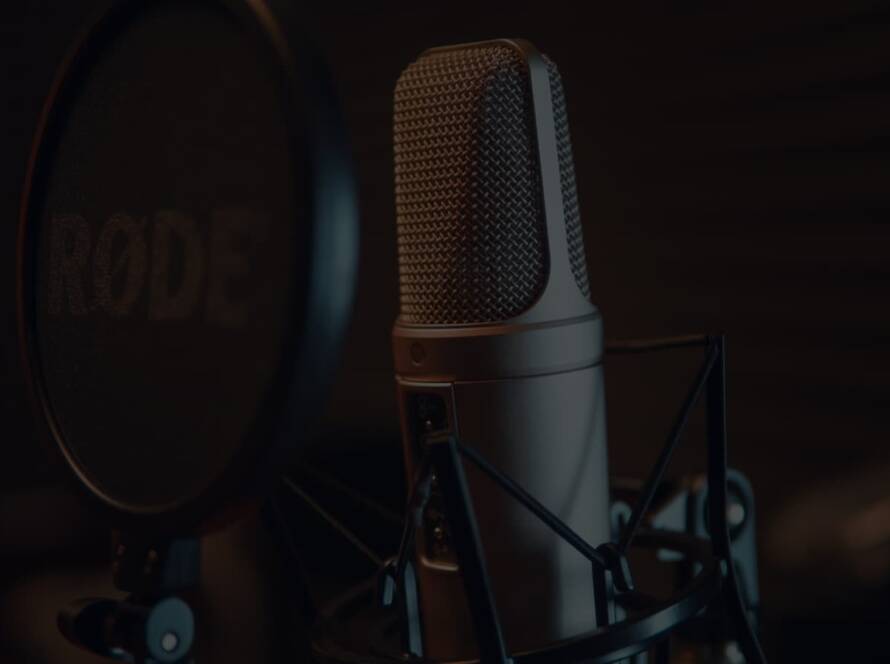Introduction: The New Workplace Soundtrack
Walk into any modern office, and you’ll likely notice more than ergonomic chairs and standing desks. What’s subtly reshaping productivity and mood? Office music—curated background sound that turns routine tasks into rhythm-driven flow states.
Once dismissed as elevator noise or distracting pop, music in the workplace has matured. Today’s office music is a powerful tool, custom-tailored to moods, tasks, and even team personalities. And as hybrid work grows, more businesses are asking a smart question: Can the right music actually boost performance and deliver a measurable ROI?
This isn’t about opinion. It’s about science, strategy, and smart sound design. Let’s explore how the rhythms of sound can transform the rhythms of work.
Why Office Music Matters More Than Ever
Post-pandemic workforces are more scattered, stressed, and overstimulated than ever. Attention spans are shrinking. Zoom fatigue is real. Noise pollution—from open offices or home setups—can derail deep work in seconds.
Enter office music: a solution designed not just for ambience, but for activation.
Top 5 Challenges That Office Music Solves:
-
Distraction from surrounding chatter or construction
-
Midday energy crashes
-
Low employee morale
-
Creativity blocks
-
Uneven productivity in hybrid teams
From startups to law firms, companies are now investing in curated music solutions to combat these workplace frictions. But how exactly does music make a measurable impact?
The Science Behind Office Music and Performance
1. Music Improves Focus and Memory
Studies from the University of Helsinki show that ambient and instrumental music can enhance working memory and task performance—especially in repetitive or data-driven work.
Brain scans also reveal that soft, rhythmic office music stimulates the prefrontal cortex, the part responsible for attention control. This means fewer distractions, more flow.
2. Music Sparks Creativity
According to the Journal of Consumer Research, listening to low- to moderate-volume background music boosts abstract thinking and ideation. For marketing, design, or R&D teams, office music becomes a low-cost creative stimulant.
3. Music Reduces Stress and Cortisol
Stress is the enemy of performance. But ambient genres like lo-fi, classical, or soundscapes help lower cortisol levels. One 2019 study found that office workers exposed to nature-inspired background music reported 22% lower stress levels by EOD.
4. Music Enhances Cognitive Flexibility
Multitasking is inevitable in the modern workplace. Office music with a steady tempo helps the brain switch between tasks without burnout.
Real Numbers: The ROI of Office Music
If you’re a decision-maker, here’s what you really want to know: Does office music move the needle?
According to Soundtrack Your Brand and Harvard Business Review studies:
-
Businesses that play curated background music see a 9.1% increase in employee productivity
-
Offices with genre-based music zones experience 12% better task completion rates
-
Staff satisfaction scores are up to 15% higher in music-positive workplaces
-
Breakroom engagement time increases by 18% with energizing music
-
In hybrid settings, companies using music to “sync” remote and on-site teams report improved collaboration scores by up to 21%
In other words, office music isn’t just mood lighting—it’s performance engineering.
Types of Office Music and When to Use Them
Let’s break down the kinds of music best suited for various office functions:
| Type | Ideal For | Benefits |
|---|---|---|
| Lo-fi Beats | Focus zones, solo work | Smooth rhythm, minimal lyrics, no distraction |
| Classical Music | Writing, analysis | Boosts spatial-temporal reasoning, calming |
| Jazz or Instrumental Funk | Creative teams | Enhances ideation, keeps energy flowing |
| Nature Sounds or Ambient | Meditation rooms, HR spaces | Lowers stress, supports well-being |
| Chill Pop/Electronic | Break areas, casual Fridays | A light social vibe keeps morale high |
| Uplifting Indie | Start-of-day or all-hands meetings | Energizes, improves team cohesion |
Sync2Gear enables teams to tailor music based on department, time block, or even team personality archetypes, ensuring office music never feels random.
Humanizing Office Music: More Than Just Sound
To make office music work, it must feel intentional and inclusive. Here’s how forward-thinking companies are doing it:
1. Music Polls for Teams
Let employees vote weekly on playlist themes—empowerment, retro rewind, global grooves. This builds engagement and community.
2. Zonal Soundscapes
The marketing zone gets upbeat energy. Finance gets lo-fi. HR gets ambient serenity. Music matches team energy without disrupting others.
3. Time-Based Transitions
Morning music starts slow and acoustic. Midday pulses with energy. Post-lunch is mellow. Late hours end with ambient tracks.
This rhythm helps employees subconsciously sync their energy to their schedule.
Challenges of Office Music (and How to Solve Them)
| Challenge | Solution |
|---|---|
| Clashing preferences | Use team-based zones or headphones for high-sensitivity individuals |
| Licensing/legal issues | Use licensed B2B platforms (Sync2Gear, Soundtrack Your Brand) |
| Volume control | Auto-calibrated speakers or decibel management systems |
| “Music fatigue” | Weekly playlist rotations, themed music days |
How to Start a Music Culture That Works
-
Identify Zones: Map your workspace—focus zones, breakout areas, and private cabins.
-
Choose Your Platform: Use business music services (like Sync2Gear) for legal, curated playlists.
-
Involve Teams: Let them co-create playlists, host “DJ of the Week” features, or suggest themes.
-
Set Volume Guidelines: Ensure the sound enhances—not dominates—the environment.
-
Measure & Adjust: Use HR feedback tools and productivity data to see what’s working.
Future Trends in Office Music
1. AI-Powered Music Schedulers
Music engines that adapt playlists based on foot traffic, time, or calendar events.
2. Emotion-Sensing Music
Cameras or wearables detect mood and change the soundtrack accordingly. (Yes, it’s already in pilot.)
3. Cloud-Controlled Music for Hybrid Teams
Unified music zones across remote and on-site offices to sync energy and brand feel.
4. Brand-Specific Sonic Logos
Offices develop their own audio brand identity—subtle sound cues that reinforce company culture.
Conclusion: Your Office Has a Soundtrack—Make It Count
Office music isn’t just filler noise—it’s a strategic asset. When used with care, rhythm and melody can unlock productivity, creativity, and team harmony. It shapes mood, reinforces brand identity, and can literally tune your team’s performance.
In a world where remote fatigue and office stress are high, custom soundscapes offer something timeless: human connection—delivered in frequencies.
Power Your Workspace with Sync2Gear
Ready to design your ideal office music experience? At Sync2Gear, we help companies build intelligent audio environments that adapt to your people, space, and goals. From personalized zoning to cloud-based playlist control, we transform sound into a performance advantage. Book your free consultation today. Let your office sound like success.



